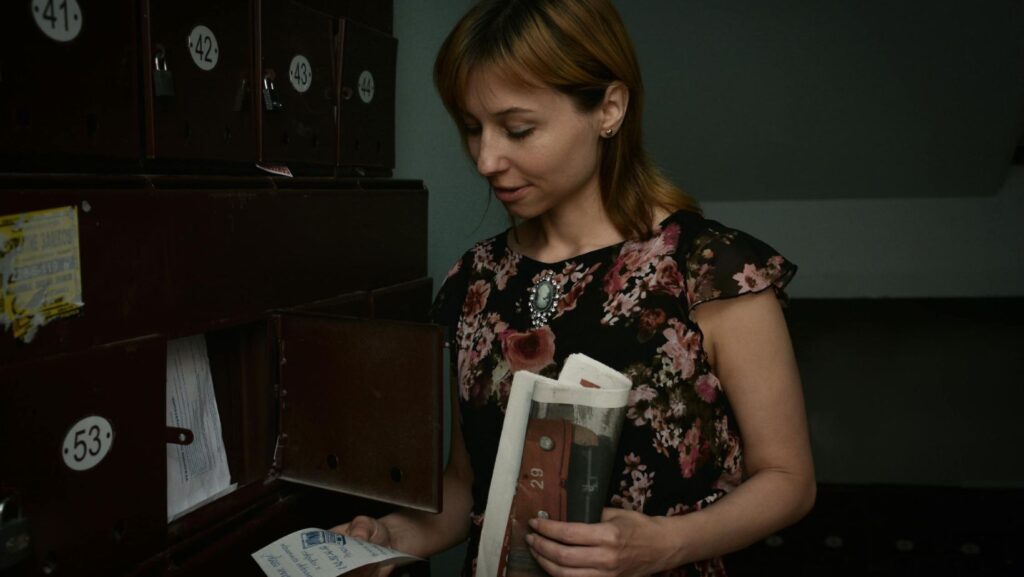The field of dental education has undergone a remarkable transformation over the past few decades. From traditional classroom-based learning to modern online education, the way dental professionals acquire knowledge and skills has evolved significantly. This shift has been driven by advancements in technology, changes in student learning preferences, and the need for more flexible and accessible education models. In this article, we explore the journey of dental education, its evolution, and the benefits and challenges of online learning in the field of dentistry.
1. Traditional Dental Education: A Classroom-Centered Approach
Historically, dental education followed a rigid, in-person format where students attended lectures, participated in hands-on laboratory work, and gained clinical experience under the supervision of experienced professionals. This traditional model had several key characteristics:
- Structured Curriculum: Courses were designed with a strict timeline, including lectures, laboratory work, and clinical rotations.
- Hands-On Training: Practical training in dental procedures was conducted in simulation labs and dental clinics.
- Face-to-Face Interaction: Students had direct access to professors, mentors, and peers, fostering collaborative learning and skill development.
While effective, this approach posed challenges, including geographical constraints, high tuition costs, and limited flexibility for students who wanted to balance education with other commitments.
2. The Digital Revolution in Dental Education
With the rise of digital technology, dental education began to embrace online resources and digital tools. Initially, technology was integrated into traditional classrooms through:
- Multimedia Learning: Videos, animations, and interactive simulations enhanced the understanding of complex dental concepts.
- Online Research and E-Books: Digital libraries and e-books made learning materials more accessible.
- Computer-Based Assessments: Online quizzes and exams allowed for immediate feedback and self-assessment.
These innovations paved the way for a more hybrid approach, where students could complement their classroom learning with digital resources.
3. The Shift to Online Dental Education
The biggest transformation in dental education came with the widespread adoption of online learning platforms. Several factors contributed to this shift:
- The COVID-19 Pandemic: The global health crisis forced educational institutions to transition to online learning almost overnight.
- Advancements in E-Learning Platforms: Tools like virtual simulations, augmented reality (AR), and artificial intelligence (AI) enabled remote dental education.
- Increased Demand for Flexible Learning: Students and professionals sought more accessible, self-paced learning opportunities.

Today, online dental education includes:
a) Virtual Classrooms and Webinars
- Live and recorded lectures allow students to learn from experts worldwide.
- Interactive webinars facilitate discussions and Q&A sessions with instructors.
b) Simulation-Based Training
- Advanced software and AR/VR simulations help students practice dental procedures virtually such as fitting upper partial dentures.
- Digital patient models enable students to study oral conditions and treatments remotely.
c) Online Certification and Continuing Education
- Many institutions and dental organizations offer accredited online courses.
- Professionals can earn continuing education (CE) credits without attending physical seminars.
4. Benefits of Online Dental Education
The transition to online learning has introduced several advantages for students, educators, and professionals in the field of dentistry.
a) Accessibility and Convenience
- Students from remote areas can access high-quality education without relocating.
- Learning materials are available 24/7, allowing for self-paced study.
b) Cost-Effectiveness
- Online courses reduce travel, accommodation, and material costs.
- Many institutions offer affordable or free dental education resources.
c) Enhanced Learning Through Technology
- Interactive 3D models and virtual reality help students grasp complex procedures.
- AI-driven platforms provide personalized learning experiences and instant feedback.
d) Opportunities for Global Collaboration
- Online platforms connect students with educators and professionals worldwide.
- Cross-border collaboration fosters a broader understanding of global dental practices.
5. Challenges of Online Dental Education
Despite its advantages, online dental education faces several challenges:
a) Limited Hands-On Experience
- Practical dental skills require in-person training, making online education insufficient for complete professional training.
- Hybrid learning models, combining online theory with in-person clinical practice, are necessary.
b) Technological Barriers
- Some students may lack access to high-speed internet and advanced devices.
- Institutions need to invest in high-quality virtual simulation tools.
c) Reduced Face-to-Face Interaction
- Online learning may lead to a lack of personal mentorship and peer collaboration.
- Interactive elements like virtual group discussions and live Q&A sessions help mitigate this issue.
6. The Future of Dental Education: A Hybrid Model
The future of dental education will likely blend traditional and online learning approaches, creating a hybrid model that offers the best of both worlds. Key trends include:
- Greater Use of Augmented and Virtual Reality: Enhancing hands-on training through realistic simulations.
- AI-Driven Personalized Learning: Adapting course content based on individual student progress.
- Global Online Training Programs: Expanding access to specialized courses and expert mentorship.
- Flexible Learning Paths: Allowing students to combine online theory with in-person clinical practice.
This evolving model will ensure that dental education remains accessible, effective, and aligned with the needs of modern learners.
Conclusion
The evolution of dental education from traditional classrooms to online learning has revolutionized how dental professionals acquire knowledge and skills. While online education offers flexibility, accessibility, and cost savings, it must be complemented with hands-on training to ensure competence in clinical practice. As technology continues to advance, the future of dental education lies in a hybrid model that integrates digital learning with practical experience, ensuring the next generation of dental professionals is well-equipped for the challenges of modern dentistry.



